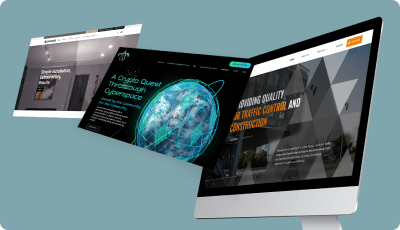Actionable Insight:
A bounce rate of over 50-60% typically indicates issues with speed or design. Tools like Google PageSpeed Insights can provide valuable data to improve your site’s performance.
Actionable Insight:
An updated design should incorporate modern elements, including a responsive layout, accessible content, and intuitive navigation. It should also focus on essential functionalities like easy appointment booking and patient communication.
Actionable Insight:
Integrate features like automated appointment reminders to simplify the booking process. A precise, step-by-step booking flow and integration with calendar systems, such as Google Calendar or Outlook, can drastically improve conversion rates and patient satisfaction.
Actionable Insight:
A responsive design ensures that your site adapts to various screen sizes, providing a seamless experience on smartphones and tablets. With Google’s mobile-first indexing, having a mobile-optimised site isn’t just recommended—it’s essential for SEO.
Actionable Insight:
Your CTAS should be bold, clear, and strategically placed throughout your site. Use action-oriented language, such as “Book Now,” “Contact Us Today,” or “Schedule Your Consultation,” to make it easy for visitors to know what to do next.
Actionable Insight:
Ensure your website is optimised with relevant keywords, like “best cardiologist in Ahmedabad” or “top orthopaedic clinic.” Regularly update your site with quality content, including blogs, patient testimonials, and service pages that target local SEO. Local business schemas and Google My Business optimisation are crucial for improving rankings.
Actionable Insight:
Implement SSL certificates to encrypt the data exchanged between your patients and your website. This ensures their privacy and boosts your site’s credibility. Google also uses SSL as a ranking factor and improves SEO.
Actionable Insight:
Make your content scannable. Break up large blocks of text with clear headings, bullet points, and visuals. Make it easy for patients to find what they’re looking for quickly.
TL;DR: Top Healthcare Website Redesign Priorities for 2025
- First, Speed: Because Every Second Counts.
- Second, Trust: Building Confidence from the First Click
- Third, Mobile Layout: Your Patients Are On the Go
- Fourth, SEO: Get Found, Get Booked
- Fifth, Booking Flow: Simplicity Drives Conversions
- Sixth, Consistency: Your Brand, Your Identity










